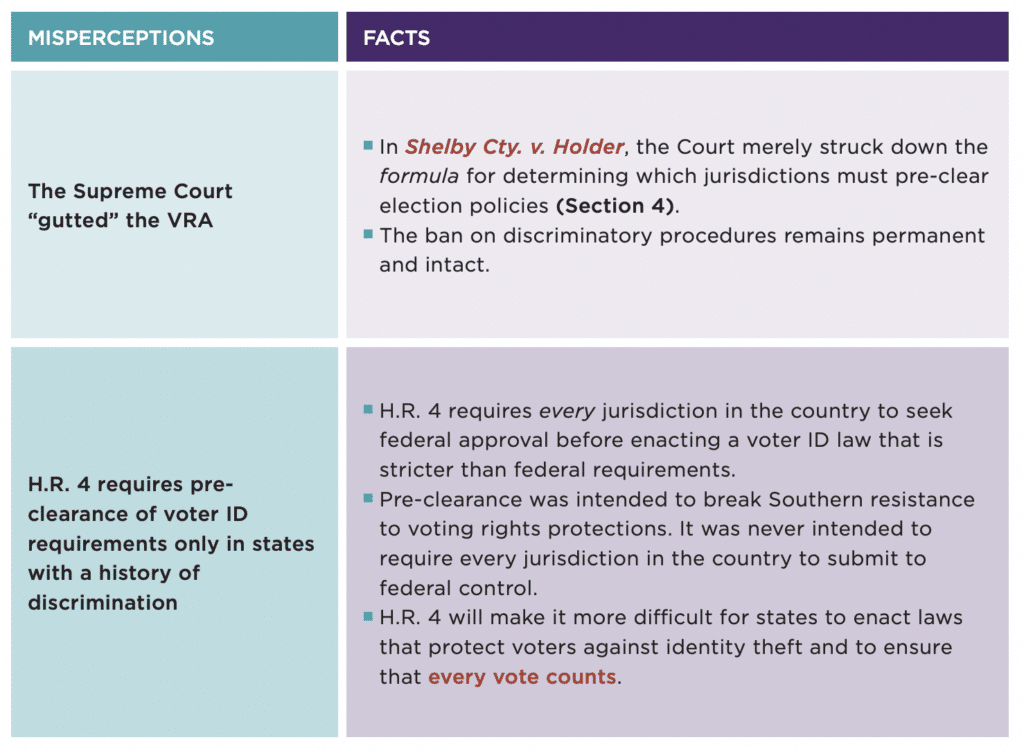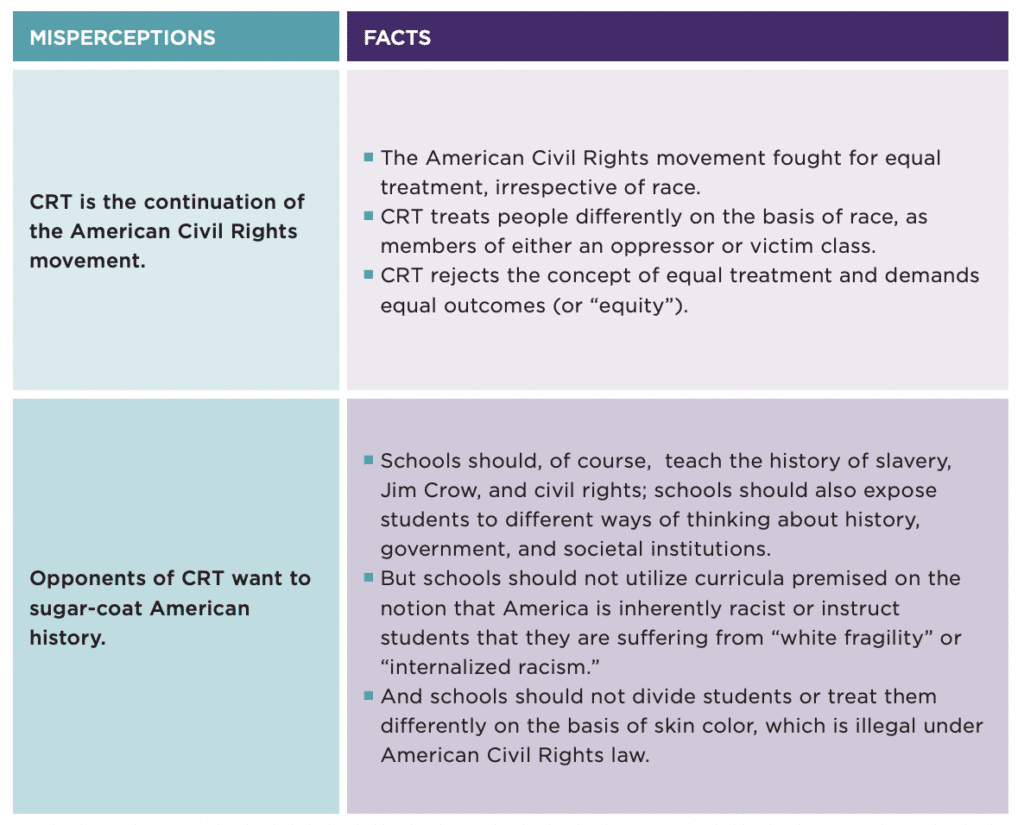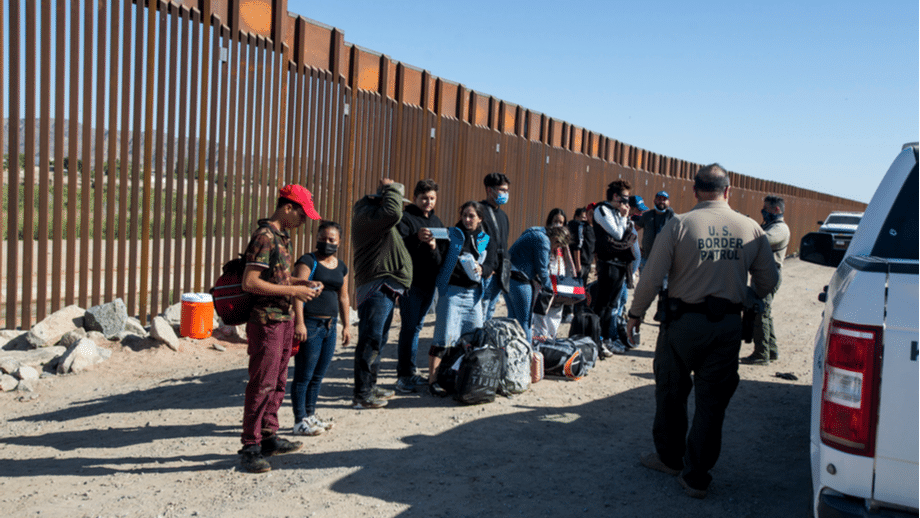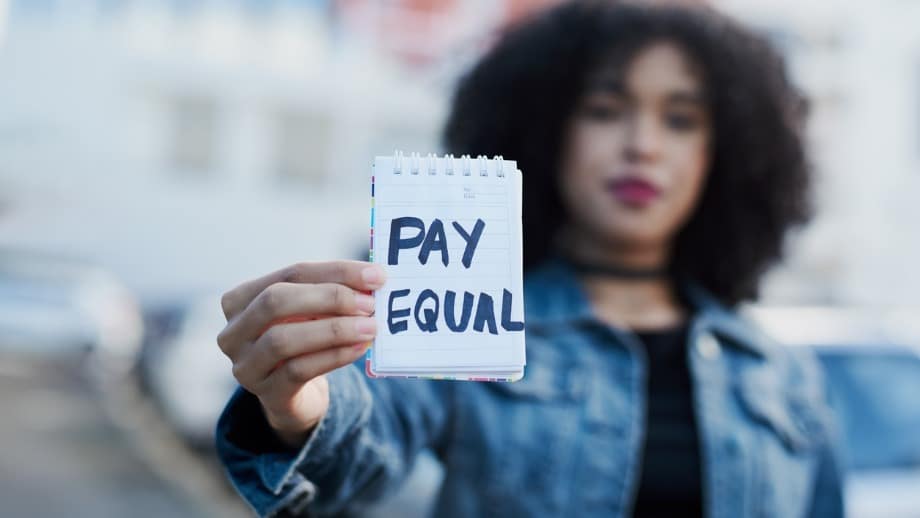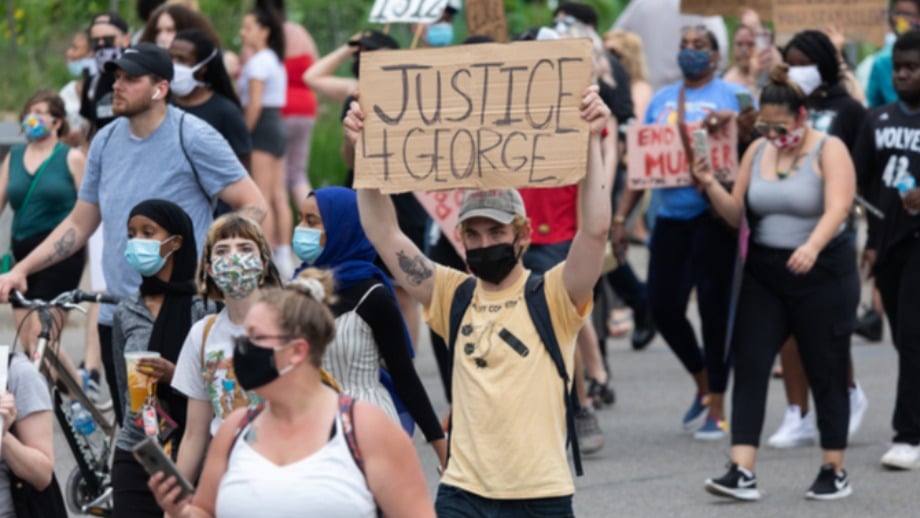*PDF Download: In 60 Seconds – Pre-Clearance
H.R. 4 requires certain states and local jurisdictions with “history of intentional voting discrimination” to obtain federal approval to make any changes to voting or election laws.
This proposal unconstitutionally threatens certain state’s abilities to dictate how they will hold elections, thereby taking the power away from voters.
Here’s the issue of Federal Pre-Clearance in 60 seconds:
What You Need To Know
The Voting Right Act:
- prohibits election policies that deny or abridge the right to vote on account of race or color (Section 2); and
- requires certain jurisdictions with a history of intentional voting discrimination to seek federal approval (“pre-clearance”) of any election-related changes (Section 5).
Shelby Cty. v. Holder:
- held that Congress may not rely on 40-year-old data to justify requiring local jurisdictions to seek federal approval of changes to election-related rules.
H.R. 4:
- establishes new criteria for determining which jurisdictions are required to pre-clear all election changes for the next ten years; and
- requires every state and local jurisdiction in the entire country to seek federal approval before adopting certain practices, such as strong voter ID requirements.
Problems with H.R. 4
It’s an unconstitutional federal takeover
- Pre-clearance is only constitutional if used as a temporary remedy for intentional discrimination.
- The original pre-clearance formula was carefully calibrated to cover southern jurisdictions that used tests purposely to deny ballots to black citizens.
- H.R. 4 widens the pre-clearance net to cover any and every jurisdiction that wants to strengthen voter ID rules or alter procedures for printing and distributing multilingual materials.
H.R. 4 is disconnected from reality
- In 1965, intentional voting discrimination was frequent and widespread. Today, it is rare. And yet, H.R. 4 broadens and intensifies federal pre-clearnce rules.
- Changing a polling location or failing to provide ballots in every possible language is not the same as deliberately preventing black citizens from voting.
- Pre-clearance was supposed to be temporary. Today, the permanent prohibitions on voting discrimination provide ample remedies.


